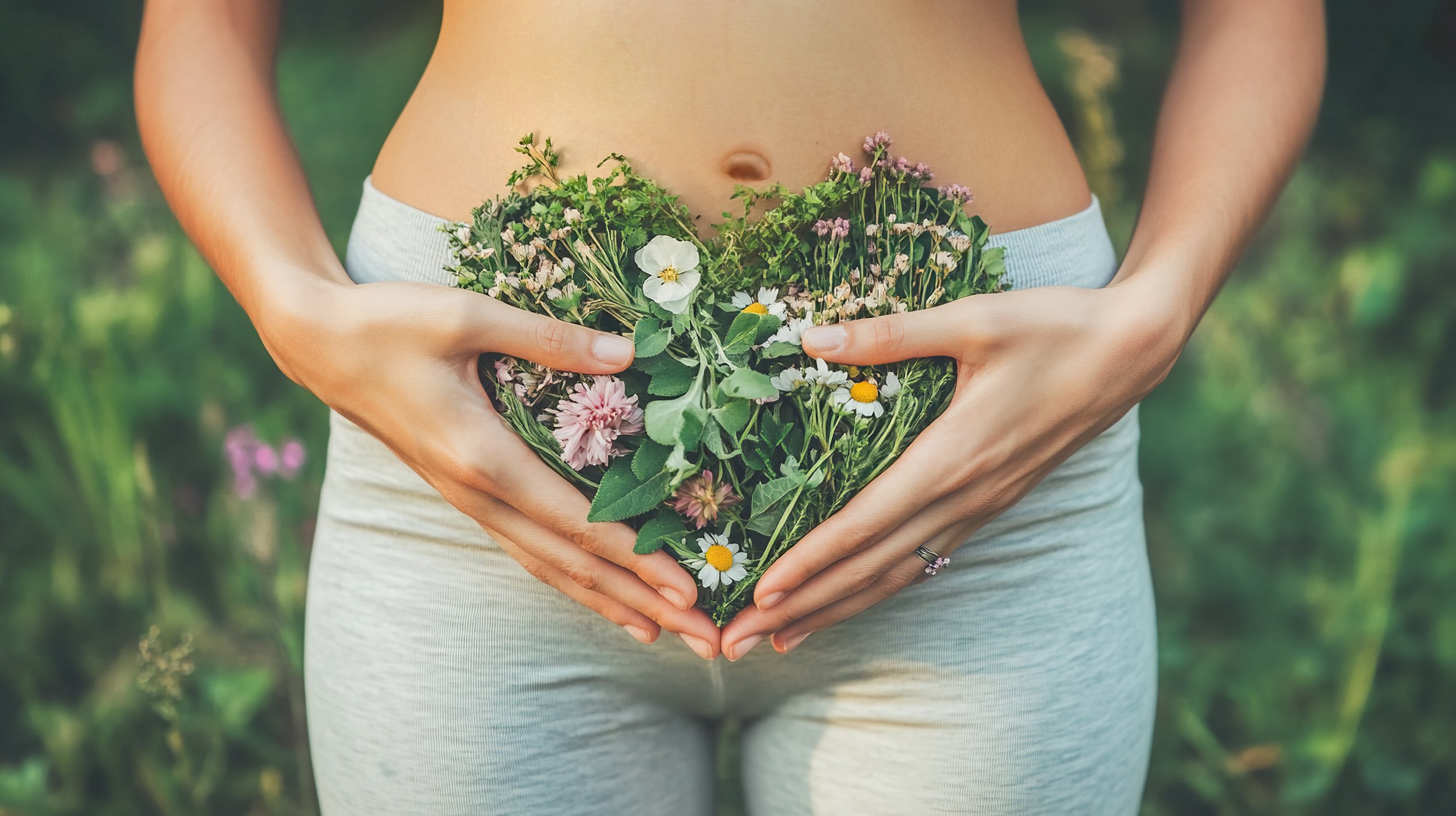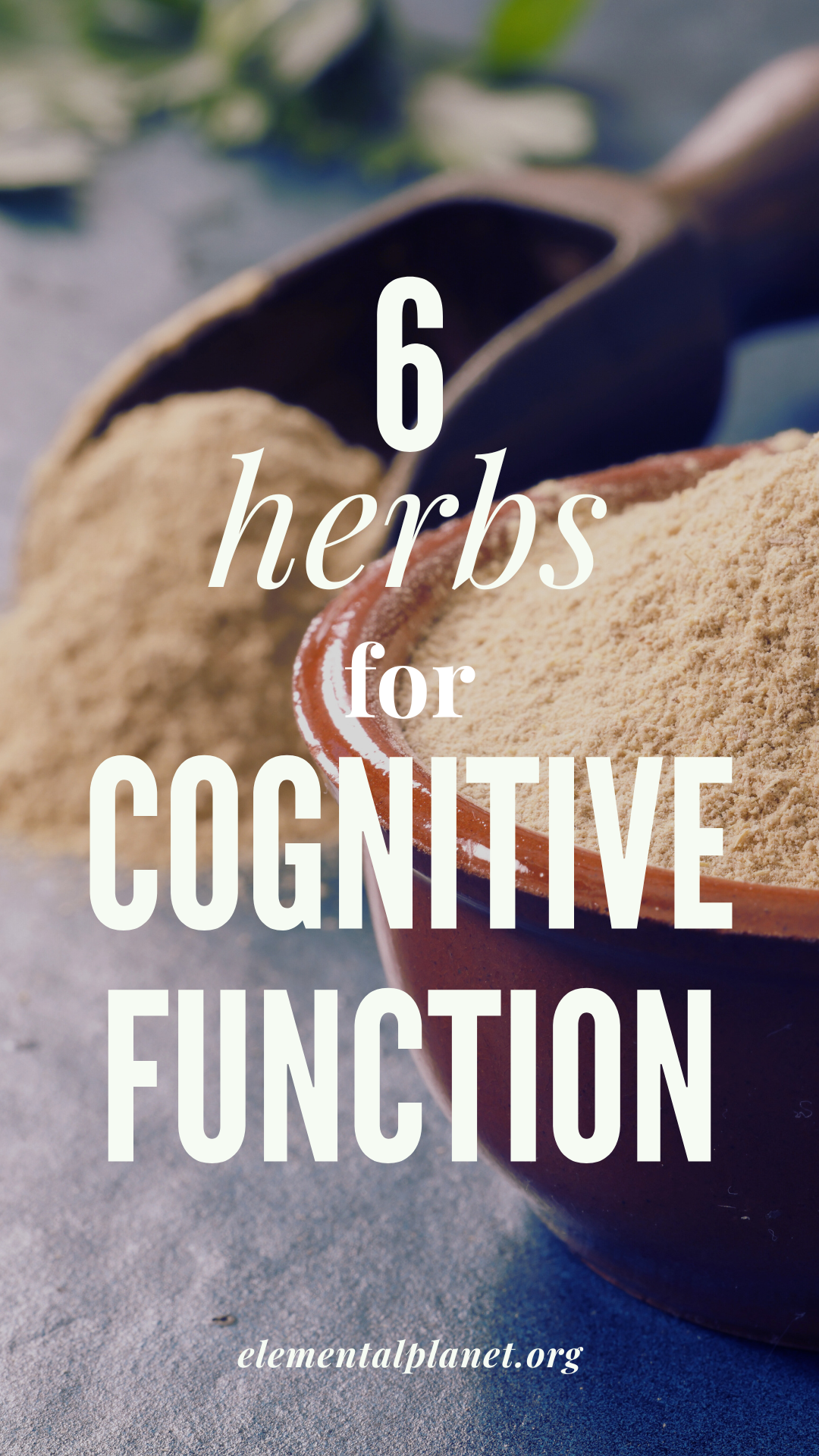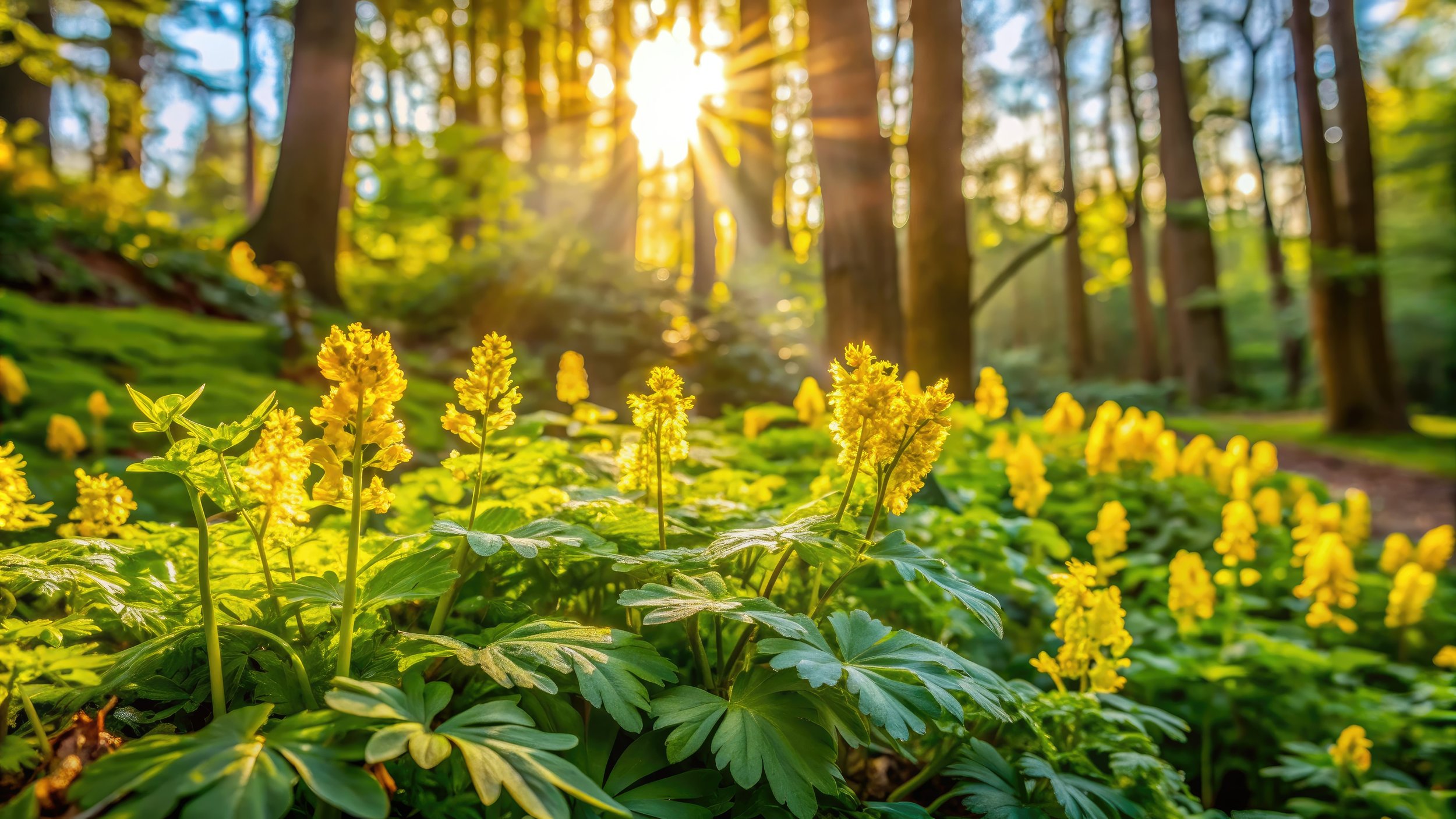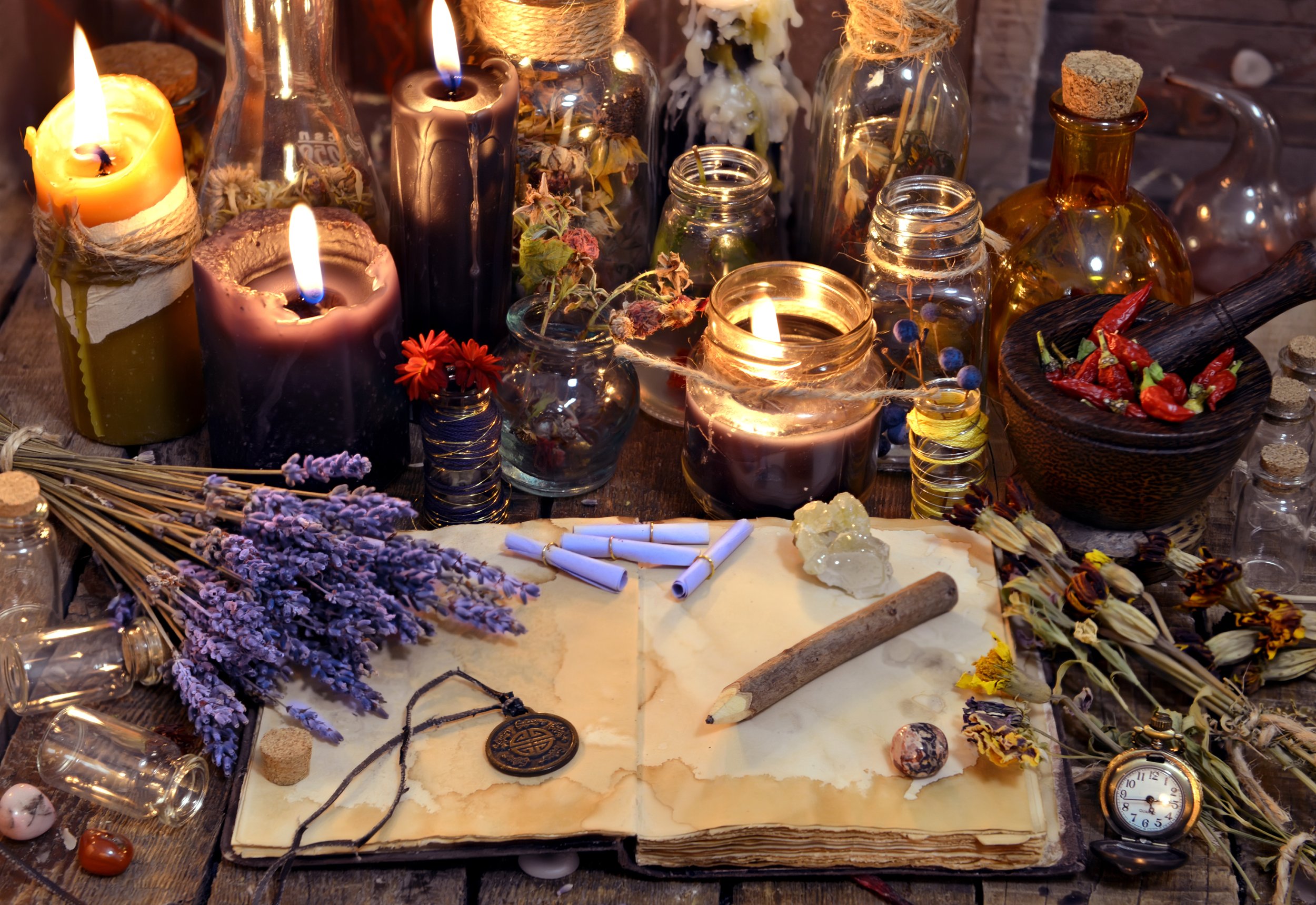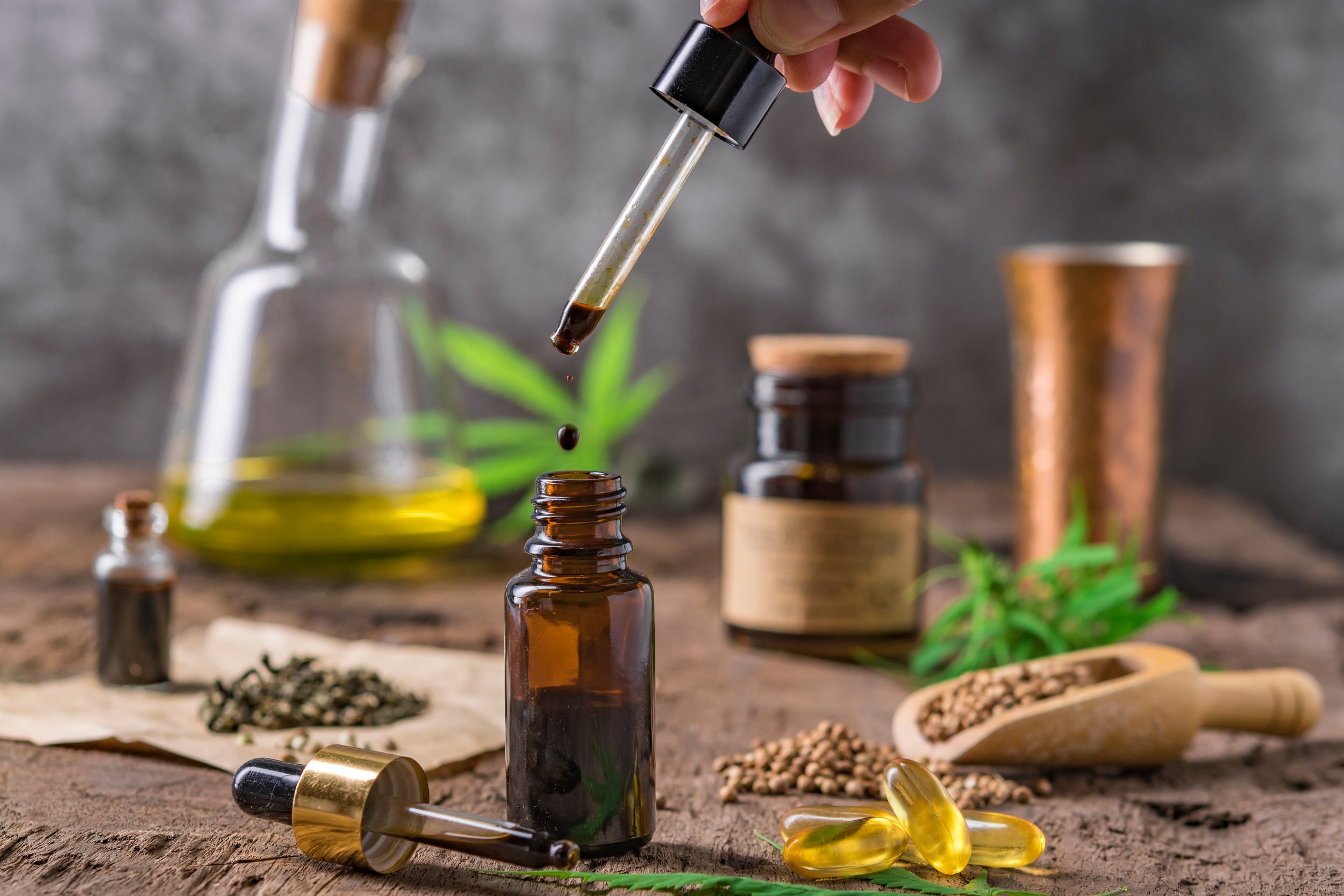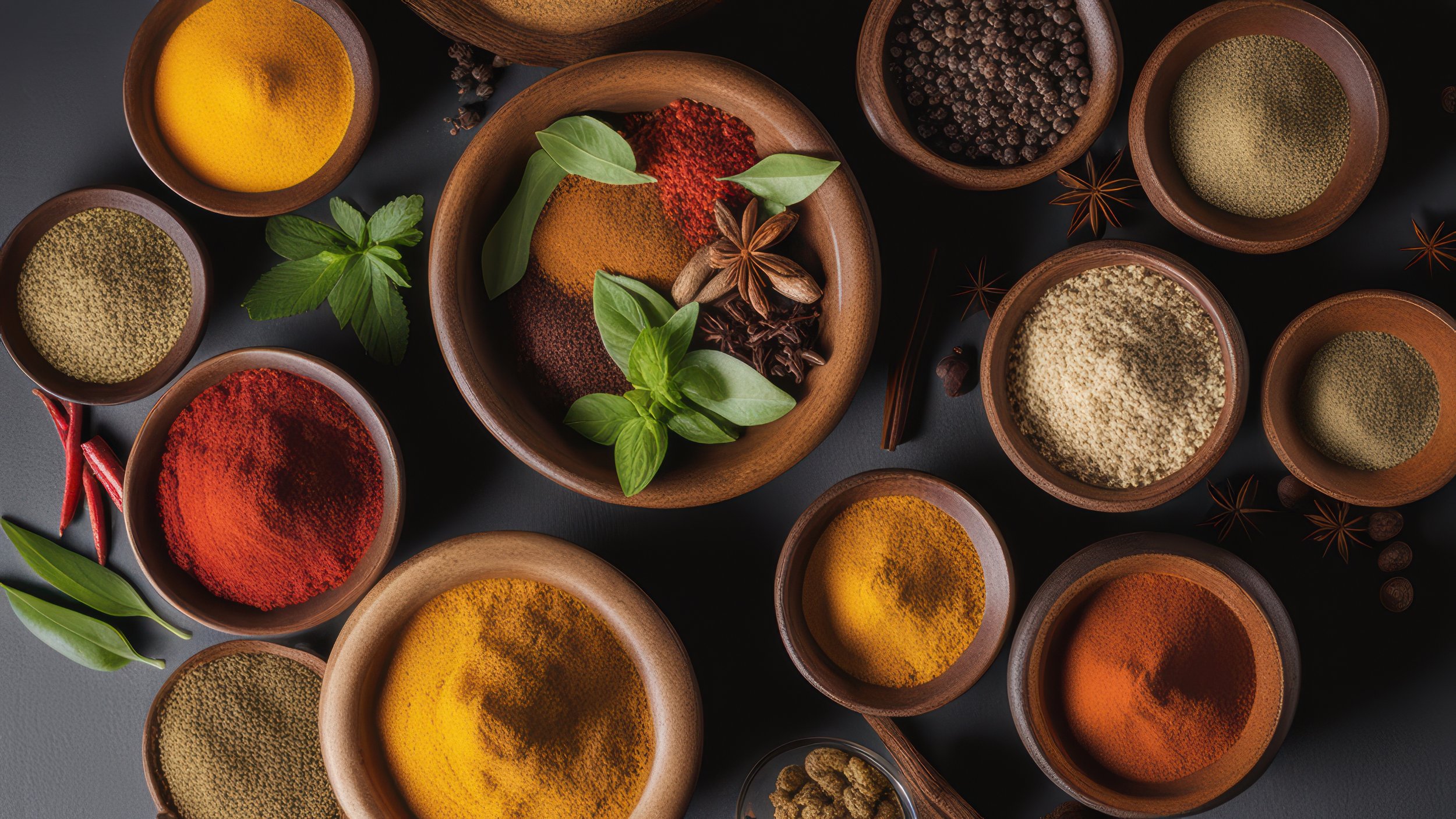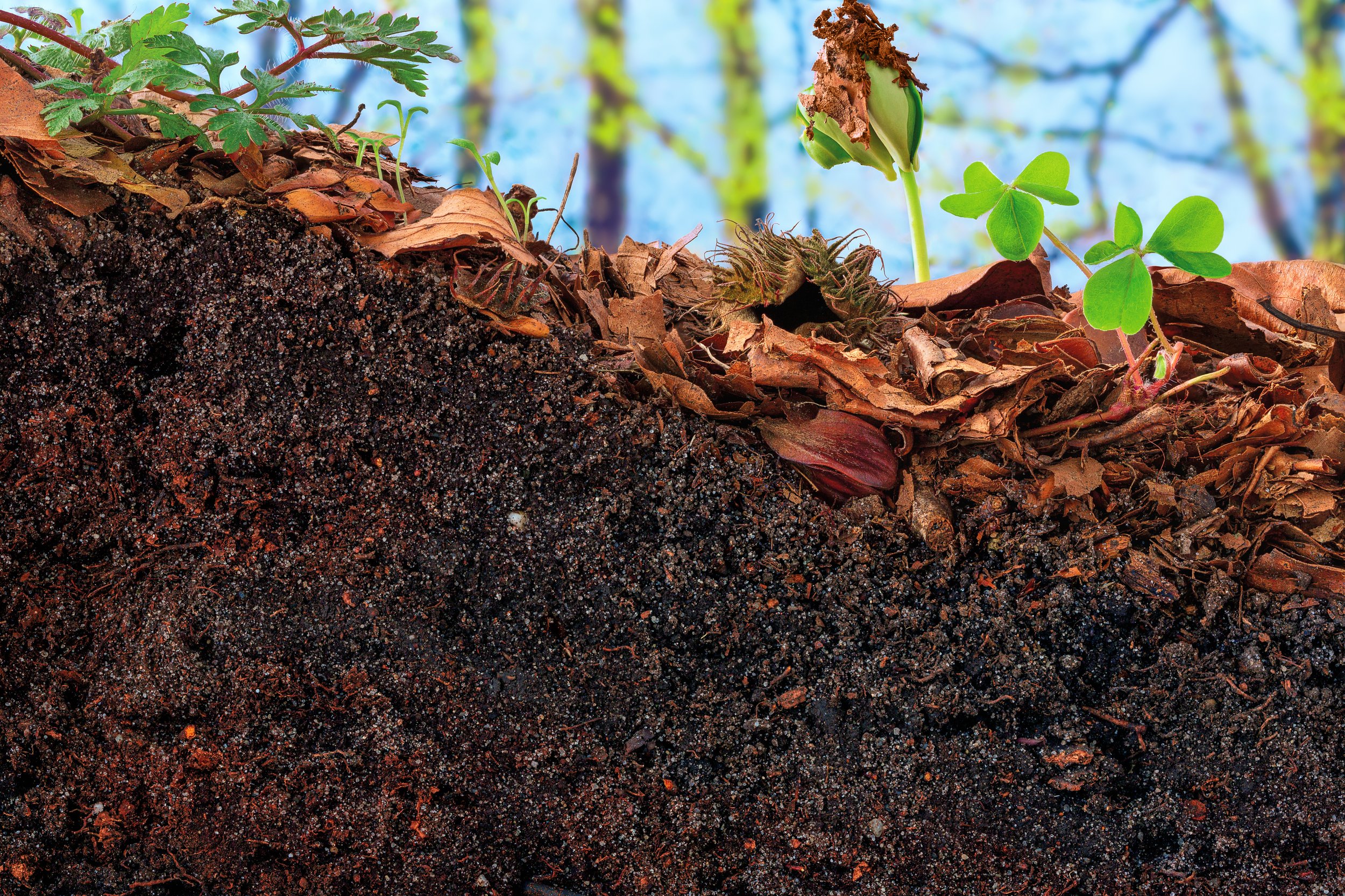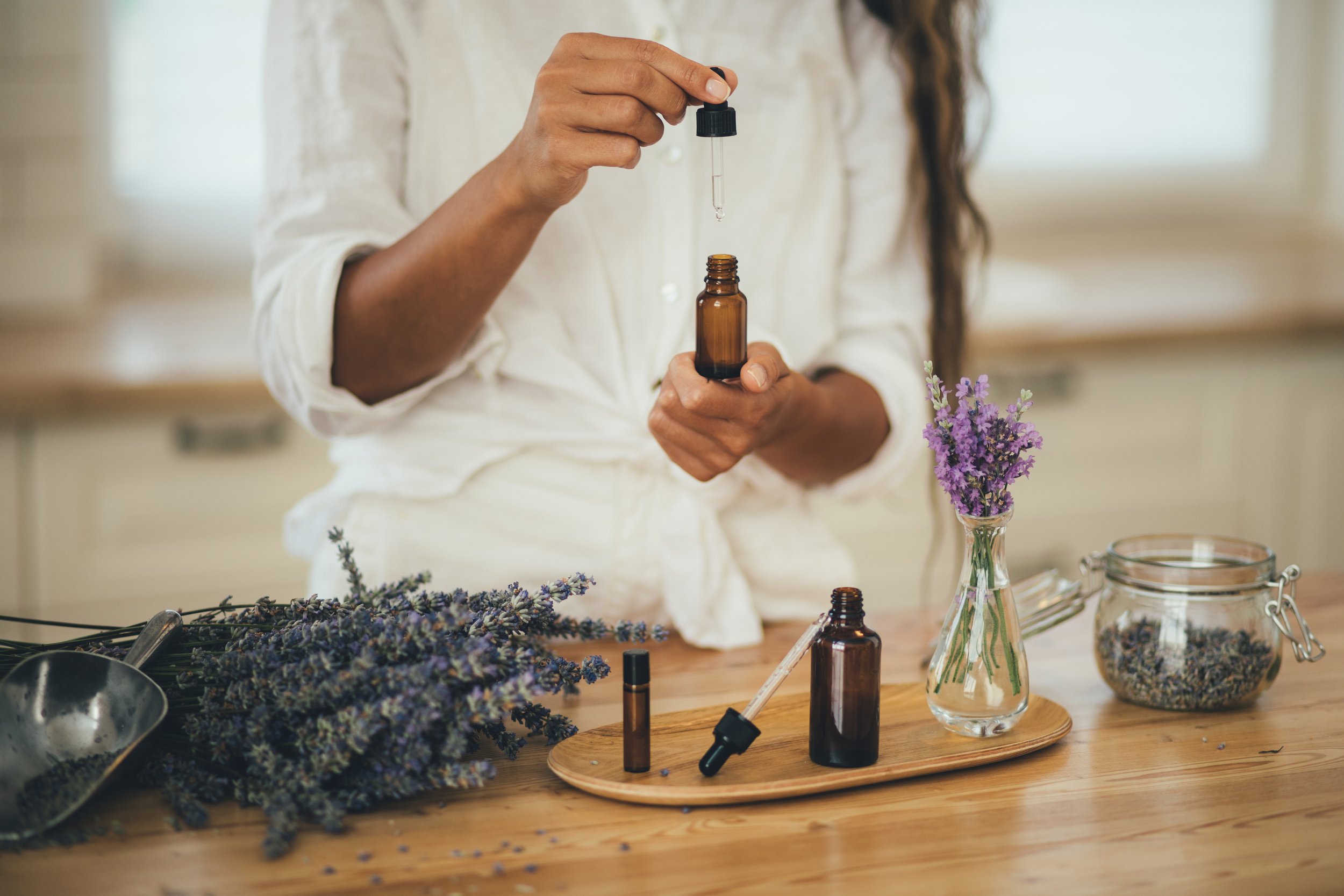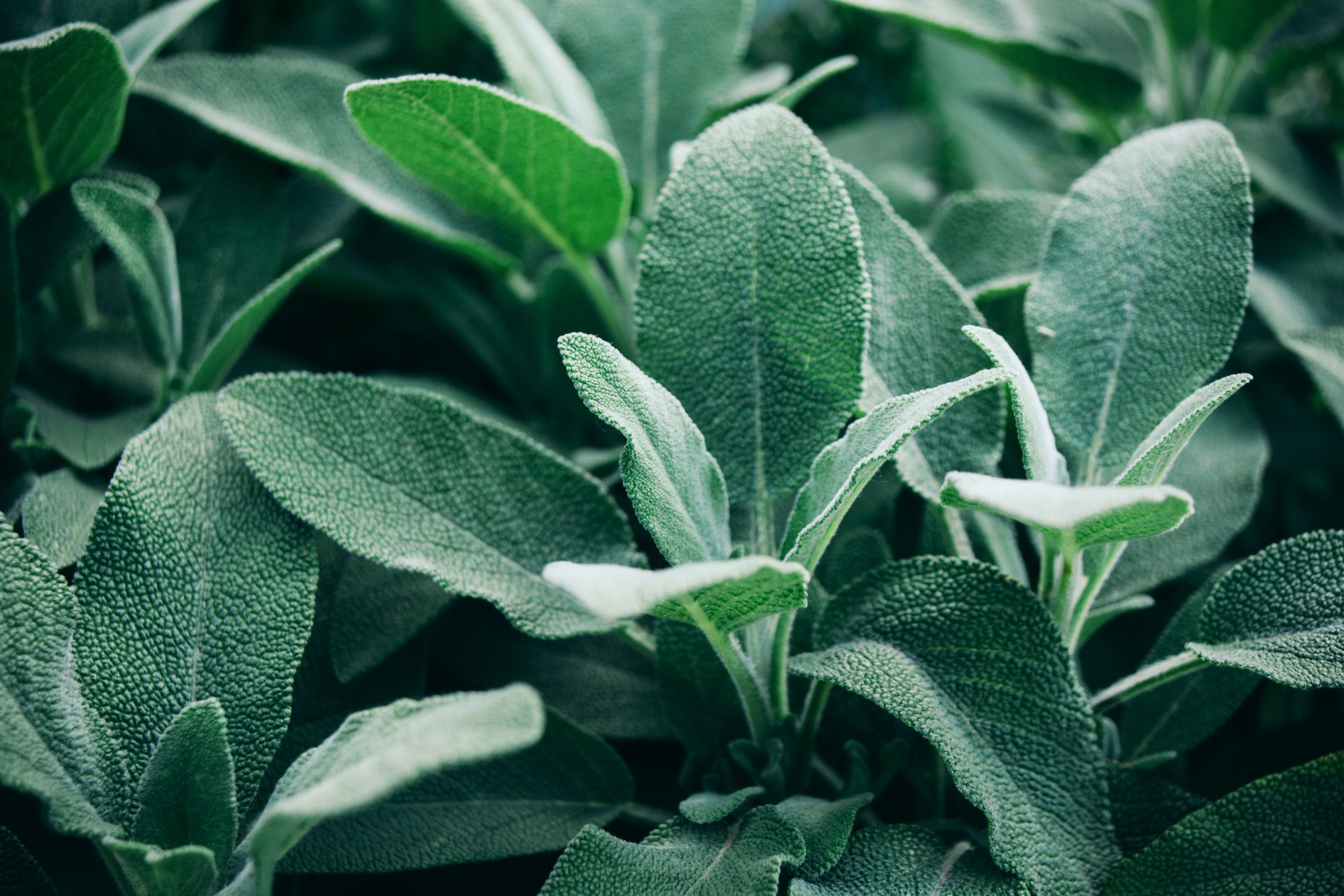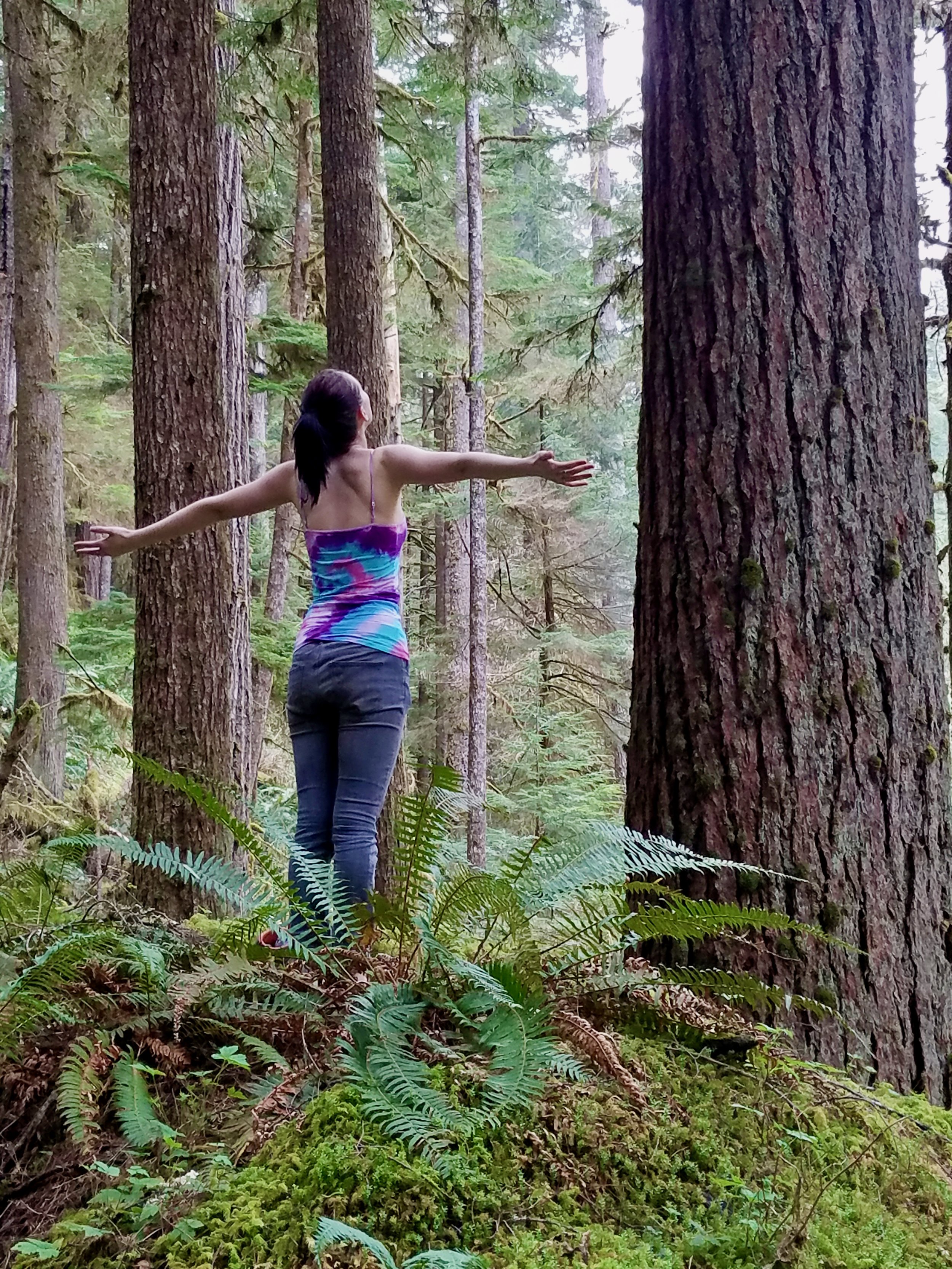Approaches to Herbalism: Ensuring Quality for Optimal Healing
Approaches to Herbalism
When it comes to herbalism, there are many approaches to accessing the natural world. At the core of all these methods lies the principle of whole plant medicine, learning from the gifts provided by nature. Accepting the essence of these plants into our bodies allows them to work their magic within us. However, one crucial aspect that must be valued in all approaches is quality. It’s not just about using quality herbs in your extractions; it’s about consistency and assurance that your extracts are reliable. This is the only way to make effective herbal remedies time and time again.
Scientific and Intuitive Approaches
Scientists, like me, dedicate their lives to understanding the why and how behind these plants. We strive to decipher the chemical composition and mechanisms of action that plants elicit. Every year, new compounds are identified, adding complexity to our understanding of the natural world. This scientific approach is vital for standardizing herbal medicines and ensuring their safety and efficacy. Laboratory studies and clinical trials help build a robust knowledge base that supports the use of herbs in modern medicine.
While the scientific method provides valuable insights, it is not the only way to engage with herbalism. Others connect to plants in their kitchens, using tastebuds and instinct to guide their hands. This intuitive approach involves feeling the plant's effects and letting that guide their usage. Herbalists who use this method often rely on traditional knowledge passed down through generations, combining it with personal experience to create effective remedies. Both approaches—scientific and intuitive—complement each other and enrich our understanding of herbal medicine.
Dedication leads to Transformation
However plants come into your life, the fact remains that they can heal while they are there. Their healing power extends beyond the physical; with dedication and commitment, plants can also heal your mind and your connection to the living things around you, including people. The study of herbalism connects us, bridging gaps between chefs, parents, researchers, and all humans seeking to understand the medicines of the natural world.
Plants have the unique ability to foster a sense of community and connection. When you grow, harvest, and prepare herbs, you become part of a larger tradition that values the wisdom of nature. This journey can be deeply transformative, offering opportunities for personal growth and self-discovery. By incorporating plants into your daily life, you not only benefit from their medicinal properties but also develop a deeper appreciation for the natural world.
Quality Control in Herbalism
This brings us to today's topic: quality in herbalism. If we expect to use plants for healing, we must respect them throughout their lifecycle. A thriving plant during its life will provide optimal healing properties after harvest. This concept might seem abstract, but think of it this way: healthy plants make healthy people. Ensuring quality in herbalism involves several key practices:
Wild Harvesting
If you are wild harvesting, choose areas where plants are cared for or at least left alone. Avoid places where pesticides like Roundup have been applied or where road runoff could leach into the soil. For instance, the soil next to highways often contains gasoline and diesel from engine leaks. Instead, look for places touched by wild, where natural symbiosis has begun to return. When harvesting, practice sustainable methods to ensure that the plant populations remain healthy and abundant for future use. This means harvesting in a way that doesn't deplete the local ecosystem and allows plants to regenerate.
Sourcing from Quality Vendors
When purchasing herbs online, look for vendors you can trust. Supporting local agriculture is a great way to ensure quality so try to seek out farms in your vicinity that grow quality herbs. Plants from your community can have added benefits. Google "herb farms near me" to see what you find and look for those committed to the craft. Local farmers are often more transparent about their growing practices and can provide fresher, more potent herbs. When sourcing from vendors, check for certifications such as organic or sustainably harvested to ensure that the plants have been grown without harmful chemicals.
Handling to Ensure Quality
Quality encompasses how the plant lived before becoming medicine and how it was handled during processing. Incorrectly processed herbs lose their effectiveness. No matter how well the plant was grown, if it’s processed incorrectly, it may become unusable. Ensure plants are thoroughly cleaned and dried correctly to prevent issues like bugs or mold. More often than not humans are not the only species that take an interest in the herbs we harvest. Bugs in particular love to dwell in the leaves and blossom that we so commonly harvest. If plants are not rid of these critters they may eat through the entire harvest while it's sitting in the storage container! I know this has happen to me on more than one occasion…
Proper handling starts with careful harvesting. Plants should be collected at the right time of year and day to ensure maximum potency. Once harvested, plants should be promptly cleaned to remove dirt and insects. Drying should be done in a controlled environment to prevent mold and degradation of active compounds. Ideally, the drying process should be slow and gentle, preserving the plant's natural oils and active ingredients.
How to Prep Your Herbs for Use
Here are a few steps to prepare your herbs:
Clean Thoroughly: Remove all soil and organisms from the parts to be used. Use clean water to rinse the herbs and a soft brush if necessary to remove stubborn dirt. Avoid using harsh detergents or chemicals, as these can leave residues on the plants.
Chop as Needed: Leave flowers and leaves untouched, but cut roots and bigger stems into small pieces. Chopping helps to increase the surface area of the plant material, allowing for better extraction of active compounds during the preparation process.
Dry Slowly and Completely: Use a dehydrator or air-dry in a cool area with plenty of circulation. Ensure plant matter is crisp and not spongy before storage. If using a dehydrator, set it to a low temperature to preserve the plant's essential oils and active compounds. If air-drying, place the herbs on a drying rack or hang them in small bundles in a well-ventilated area.
Store Properly: Once the herbs are thoroughly dried, store them in airtight containers away from direct sunlight and moisture. Glass jars with tight-fitting lids are ideal for this purpose. Proper storage helps to preserve the potency and freshness of the herbs for future use.
Healthy Plants Make Healthy People
Remember, healthy plants make healthy people. By ensuring the quality of your herbs—from how they are grown and harvested to how they are processed and stored—you can maximize their healing potential. Whether you are a scientist exploring the chemical properties of plants or a home herbalist using intuition and tradition, dedication to quality is key to making effective herbal remedies.
Herbalism is a journey of continuous learning and discovery. As you deepen your connection with plants, you'll find new ways to integrate their wisdom into your life. Embrace the principles of quality and consistency, and let the healing power of nature guide you on this incredible path.



